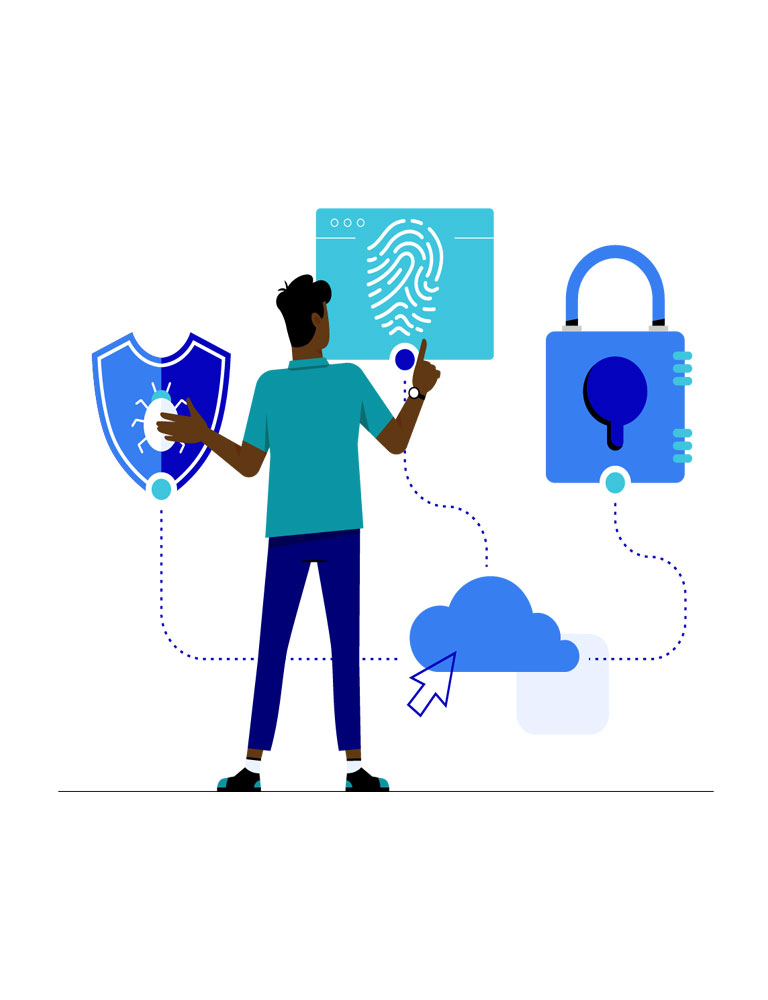HIPAA Pre-requisites: To effectively comply with HIPAA, organizations should consider the following pre-requisites
Understanding of HIPAA Regulations
- Ensure clear understanding the key provisions & requirements of HIPAA, including the Privacy Rule, Security Rule, & Breach Notification Rule.
Designated Privacy and Security Officers
- Appoint individuals responsible for overseeing and coordinating HIPAA compliance efforts within the organization.
- Conduct regular risk assessments to identify potential threats, vulnerabilities, and impacts to PHI.
Documentation and Policies
- Maintain updated documentation, including policies, procedures, and agreements, outlining HIPAA compliance measures.
HIPAA Tools: Several tools can assist organizations in achieving HIPAA compliance, including:
Risk Assessment Tools
These tools help organizations conduct risk assessments and identify vulnerabilities in their systems and processes.
Document Management Systems
Electronic document management systems facilitate the organization, storage, and retrieval of HIPAA-related policies, procedures, and agreements.
Training and Education Platforms
These platforms provide training modules and resources to educate employees on HIPAA regulations and security best practices.
Incident Response and Breach Notification Tools
These tools aid in the detection, response, and reporting of security incidents and breaches involving PHI.
Team Certificate & Experience: A proficient HIPAA compliance team typically comprises professionals with the following expertise and certifications
1. Certified HIPAA Privacy Security Expert (CHPSE): - ): Individuals with this certification possess in-depth knowledge of HIPAA regulations, security measures, and privacy practices.
2. Privacy and Security Specialists - Experts in healthcare data privacy, security, risk management, and compliance.
3. Legal Professionals - Legal experts with knowledge of HIPAA regulations and requirements, as well as experience in drafting HIPAA-compliant agreements and contracts.
HIPAA Standards or Framework
While HIPAA itself serves as the primary standard for compliance, organizations can also refer to industry-recognized frameworks and guidelines, such as the National Institute of Standards and Technology (NIST) Cybersecurity Framework and the HIPAA Security Rule Toolkit.
HIPAA Checklist: A HIPAA compliance checklist typically includes the following items:
1. Privacy Policies and Notices : Develop and implement privacy policies and notices that align with HIPAA's Privacy Rule requirements.
2. Security Risk Assessment: Conduct regular risk assessments to identify and address security vulnerabilities and risks to PHI.
3. Security Policies and Procedures: Develop and implement security policies and procedures that comply with HIPAA's Security Rule requirements.
4. Employee Training: Provide training to employees on HIPAA regulations, security practices, and their roles in safeguarding PHI.
5. Business Associate Agreements: Establish agreements with business associates to ensure they comply with HIPAA regulations when handling PHI.
6. Incident Response Plan: Develop a comprehensive incident response plan that outlines steps to be taken in the event of a security incident or data breach involving PHI.
7. Breach Notification Process: Establish procedures for timely and accurate notification of individuals, regulators, and other relevant parties in the event of a PHI breach.

HIPAA Reporting & Recommendations: HIPAA compliance reporting typically involves
1. Risk Assessment Reports: Documenting the findings of risk assessments, including identified vulnerabilities, recommended controls, and mitigation measures.
2. Compliance Audit Reports: Assessing the organization's overall compliance with HIPAA requirements, identifying areas of non-compliance, and providing recommendations for improvement.
3. Incident Response and Breach Notification Reports: Detailing the response to security incidents or breaches, including actions taken, notification processes, and recommendations for preventing future incidents.





